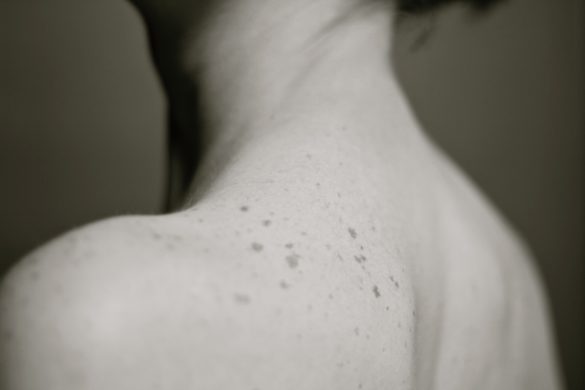The earlier you find skin cancer, the easier it is to treat. Everyone knows that early detection saves lives, but not everyone knows how to detect early. Many people rely on family and friends to monitor and detect their skin growths and moles, using just the naked eye. Although some irregularities may be seen, it is difficult to spot these abnormalities early.
 Skin cancer is the most common form of cancer in the UK, with rates set to rise due to the increase use of sun beds, and increased availability of travel to sunny destinations. The biggest cause of skin cancers of all types is the sun and ultraviolet radiation. If you have been previously diagnosed with skin cancer, have a large number of moles or are regularly exposed to UV rays, you have a higher than average risk of developing (further) skin cancers. Skin cancers can be life threatening beyond a certain stage, if left to advance. Generally, there are no symptoms. Fortunately, these cancers only undergo minor changes over 3-4 months and at this stage, are completely curable. However, these minor changes are not easily identifiable with the naked eye.
Skin cancer is the most common form of cancer in the UK, with rates set to rise due to the increase use of sun beds, and increased availability of travel to sunny destinations. The biggest cause of skin cancers of all types is the sun and ultraviolet radiation. If you have been previously diagnosed with skin cancer, have a large number of moles or are regularly exposed to UV rays, you have a higher than average risk of developing (further) skin cancers. Skin cancers can be life threatening beyond a certain stage, if left to advance. Generally, there are no symptoms. Fortunately, these cancers only undergo minor changes over 3-4 months and at this stage, are completely curable. However, these minor changes are not easily identifiable with the naked eye.
Over 5000 people are diagnosed with skin cancer in East Anglia each year.
If you have had a non melanoma skin cancer, you are 10 times more likely to develop another one
Special training is needed to use a dermatoscope which uses polarised light to catch what the eye misses. A Diamond Skin Care skin cancer screening usually takes around 45 minutes, which includes a review of your medical history and a head-to-toe skin examination. When discussing your medical history, it is a good idea to mention any moles or growths you are worried about, so the dermatologist can photograph and monitor any changes, and most of all, put your mind at ease.
Your dermatologist will let you know if they are concerned about any of the growths or moles on the skin. You may then opt to have the mole surgically removed via either the NHS or the DSC service.
With today’s technology, nobody should have to wait and worry. With serial dermoscopy, your dermatologist can track changes beneath the surface which the eye misses over time.
Dr Deepak Rallan, Consultant Dermatologist, Diamond Skin Care


